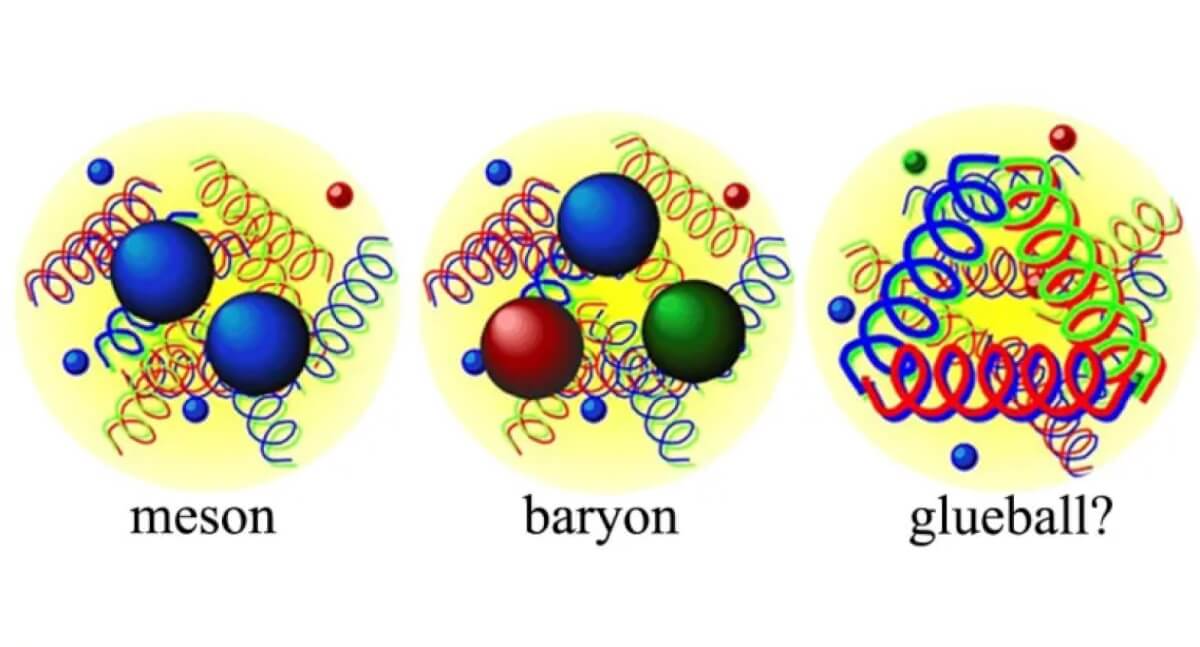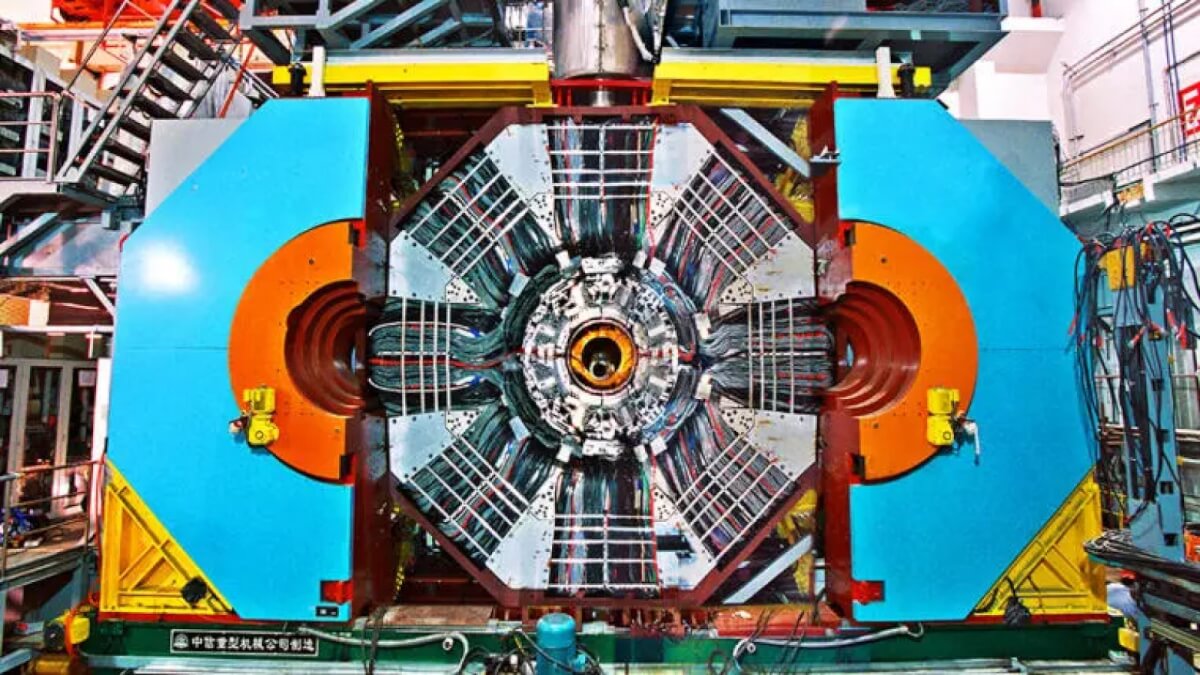
3D Illustration Atomic structure. (© rost9 - stock.adobe.com)
BEIJING — In the fascinating realm of particle physics, scientists are constantly on the hunt for new subatomic particles that can shed light on the fundamental building blocks of our universe. Now, researchers at the BESIII experiment in China have made an exciting discovery - a new particle called the X(2370) that may be the long-sought-after “glueball.”
You might be asking: what exactly is a glueball? To understand that, we first need to take a step back and look at what matter is made of at its most basic level. Everything around us, from the chair you're sitting on to the device you're reading this on, is ultimately composed of atoms. Those atoms are made up of even smaller particles like protons, neutrons, and electrons.
Protons and neutrons are part of a family of particles called hadrons. Most hadrons, including protons and neutrons, are made up of even more fundamental particles called quarks, which are held together by other particles called gluons. Gluons are the “glue” that binds quarks together. They carry the strong nuclear force, one of the four fundamental forces of nature.
Here's where things get even more interesting. The theory that describes the behavior of quarks and gluons is called quantum chromodynamics, or QCD for short. One of the key features of QCD is that, unlike the other fundamental forces, the strong force actually gets stronger with distance! Imagine if the further you pulled two magnets apart, the harder they tried to snap back together - that's kind of how the strong force works.
This unique property of QCD leads to some fascinating consequences. One prediction is that, in addition to the usual hadrons made of quarks, there could exist particles made entirely of gluons - glueballs. Just like quarks can combine to form composite particles, the thinking goes, so too could gluons bind together with no quarks involved. These glueballs would be a completely new class of subatomic particles.

Physicists have been searching for evidence of glueballs for decades. However, spotting them is tricky. Glueballs are predicted to be very short-lived, quickly decaying into other particles. Also, their expected properties are similar to those of other, more ordinary hadrons, making them hard to distinguish.
Enter the X(2370). This new particle, described in Physical Review Letters, was discovered by carefully analyzing the debris from particle collisions at the BESIII experiment. The researchers were investigating a particular decay process where a J/psi particle (itself a type of hadron) decays into a photon and a group of lighter particles. By reconstructing the paths and energies of the decay products, they were able to identify a new, previously unseen particle - the X(2370).

What's special about the X(2370) is that its measured properties align very closely with theoretical predictions for the lightest possible glueball. Its mass and quantum properties (like spin and parity) are right in the ballpark of what QCD models have suggested for a glueball candidate.
Of course, extraordinary claims require extraordinary evidence, and further study will be needed to confirm if the X(2370) is indeed the long-awaited glueball. Alternative explanations, like an exotic hadron made of both quarks and gluons, will need to be ruled out. However, the initial data is highly promising.
If confirmed, the discovery of the X(2370) glueball would be a major milestone for particle physics. It would provide direct evidence for this novel class of subatomic particles, validating key predictions of QCD theory. It would deepen our understanding of the strong force and the complex ways that quarks and gluons can combine to create the rich variety of matter in our universe.
EdNews Editor-in-Chief Steve Fink contributed to this report.










